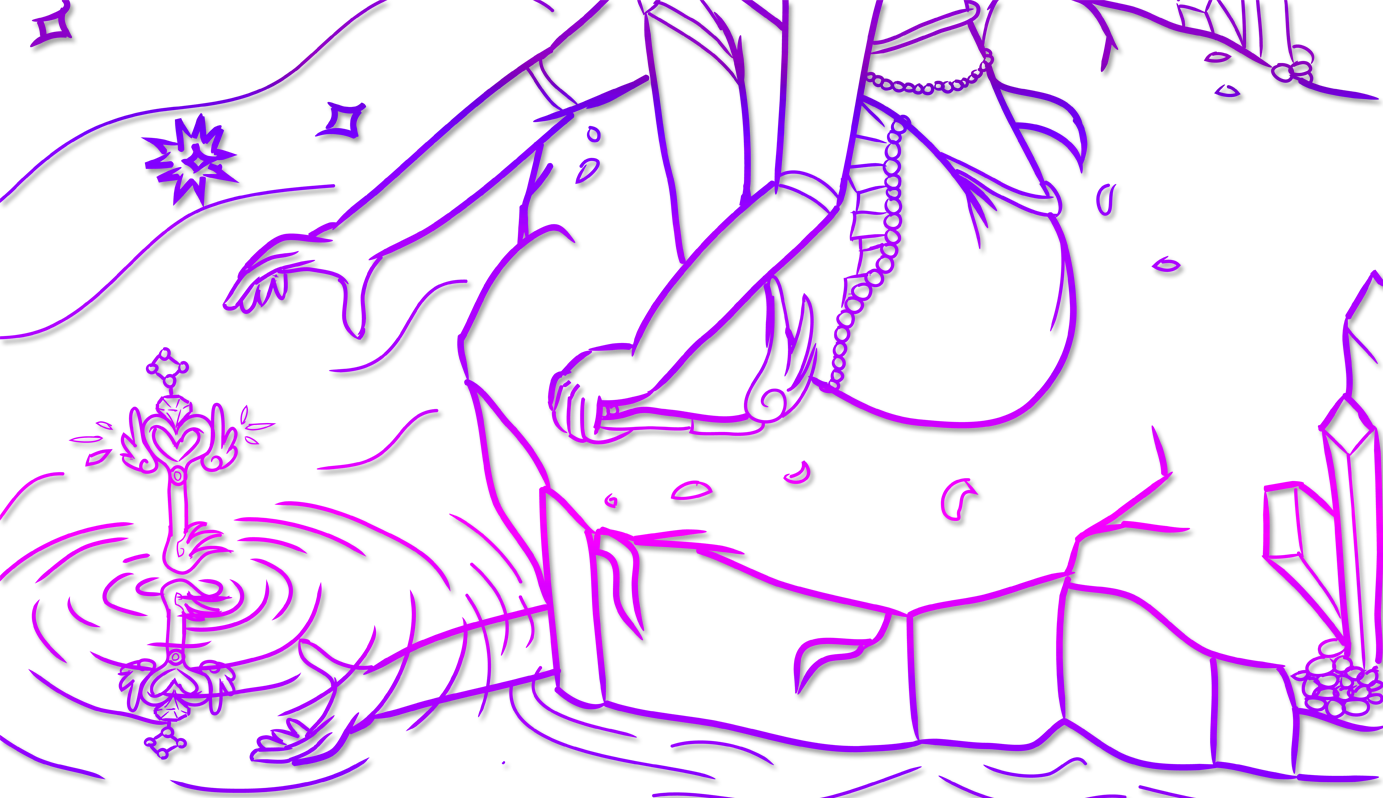Obviously, spoilers ahead if you have not completed the game Earthbound/Mother 2.
Proceed with Caution – You have been warned!
Finishing the final battle of Earthbound, I felt a number of things. I spent the next day pouring over the Internet to read ideas, theories, interviews, thoughts on that final fight. I had chills during it. It’s been stated Earthbound’s final fight is one of those crazy boss battles you have to experience to believe, and so I sealed myself off from as many spoilers as I could and I’m thankful I did.
What is it about Earthbound’s final fight that makes it so memorable, so elusive, so disconcerting? I want to discuss here some of my thoughts as a usability designer as a series of aspects I noticed, and what I assessed and recognized as I read theories on the topic – hoping to make a bit more sense at what made this experience so memorable and what pearls a UX developer might be able to glean from aspects of it.
Also I will say this: as we go forward in this analysis series, I work to make it a bit depthier and create more correlations between the past ideas, so I have to build a strong foundation – even if it might seem obvious . But let’s start from the top and dredge through the Deep Darkness, shall we?
Fear
One thing I recognized was the way in which the game represented fear. Fear is of course, a strong motivating emotion, evoking fight or flight – drive over the obstacle or run as far as possible from it. What’s intriguing about Earthbound’s representation of fear is that they do so by non-traditional means, which I believe makes it so effective. Giygas could easily have been represented as a myriad of things and evoked terror, but representing Giygas as a thing would make him tangible, defeatable, humane.
The representation of Giygas as vastness, as an abstraction of a concept so far removed from a physical body, gives a sense of looming dread. Porky even echos this thought:
“If you were to ever see Giygas, you’d be so petrified with fear, you’d never be able to run away! That’s how scary it is…..so are you terrified? I’m terrified too….I must be experiencing absolute terror.”
This representation does more than provide fear however. The level of fear, the representation of an evil that has no face or body, this provides gravitas. Thematic elements such as music and colors assist in setting mood in any scenario, but coupling these with Giygas’s lack of form creates the sense of a true threat against the universe. There is no man, there is no place to point a finger. Just emptiness, abstraction, the purest feeling of dread and destruction and desolation as a concept.
Many video games give us villains. Few games create a villain from the conceptualization of the deepest root of villainy. And in that, Giygas becomes more than just one final boss fight – he becomes a quintessential version of the boss fight, he is beyond the boss fight. He represents the manifestation of the idea of the boss fight, the meta of meta.
In any game we have a boss driven by hatred, destruction, anger, greed – a myriad of negative emotions comprising their psyche, yet still comprising a form potentially capable of other traits and feelings. Giygas’s representation is not as this form, but as the glimmer in its eye, that seed of what drives evil in its purest, unconstrained form – and this is what makes him all the more fearful. Giygas is the mind of villainy devoid of reason and body – a core abstract idea that due to lacking a for, allows us to interpret it as players in whatever way our minds can decipher, making him an abstract image of our own mental constructs, our own minds – a terrifying concept for every player, indeed.
“You’ve traveled very far from home…do you remember how your long and winding journey began…?” – Mr.Saturn, Earthbound
EarthBound copyright Shigesato Itoi, Nintendo, HAL Laboratory and Ape Inc.



